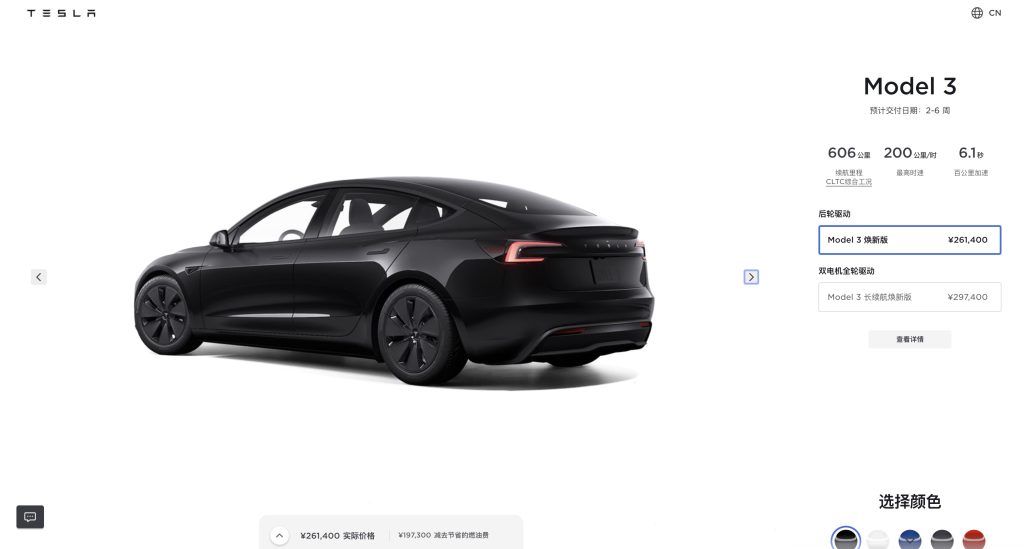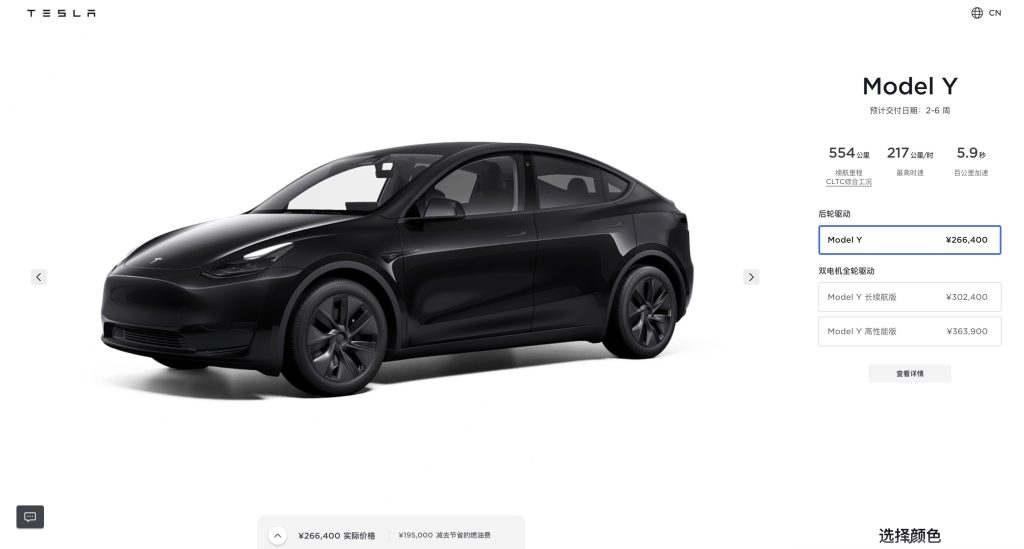Tesla’s Megapacks are being used to store power for a major solar project in Southern California, offering 250 MW/1GWh of energy storage or enough to power 207,000 homes annually.
In a press release on Tuesday, Intersect Power announced the Oberon Solar and Storage project, located in Riverside County, California. Along with the many Megapacks, which are built at Tesla’s Lathrop, California site, the site has a 679 MWp/500 MWac solar array for generating power.
“The Oberon project is much more than a new source of clean power for California. It is also a case study in how the clean energy industry can maximize project benefits by prioritizing domestic supply chains and union labor to ensure the rewards of the clean energy transition are felt by all Americans,” Intersect Power CEO Sheldon Kimber said.
“This project demonstrates that Intersect continues to pioneer procurement standards for our industry that live up to the vision of the IRA and deliver transformative clean energy projects that move the needle on the deep decarbonization of our economy,” Kimber added.
The project is also aligned with the U.S. Inflation Reduction Act (IRA) through the use of U.S.-built hardware, including solar modules built by First Solar, NX Horizon smart solar trackers and American-made steel. The release also states that it created over 930 skilled union jobs during peak construction of the site, with workers from California LiUNA Local 1184, IBEW Local 440 and others from the local area.
It also highlights efforts from the Bureau of Land Management’s (BLM’s) Desert Renewable Energy Conservation Plan, which featured collaborative efforts between the federal government, conservation groups, Native American tribes, renewable energy companies, utilities commissions and the public.
Through the program, the Bureau designated more than 10 million acres for conservation and recreation lands, while focusing on how to develop renewable practices for the area.
“The completion of the Oberon Solar Project underscores the Bureau of Land Management’s commitment to responsible energy development in pursuit of a carbon free power sector,” said BLM California State Director, Karen Mouritsen. “This project is another example of the Bureau’s steadfast commitment to the furtherance of renewable energy and prioritizing a healthier planet.”
Tesla’s Megapacks have been used for a number of energy storage projects, recently including a smaller-scale use case with a single unit at the water treatment plant in San Luis Obispo, California. The company has also deployed the technology in many areas of Australia, and in several other locations around the world.
Tesla Megapack fire in Australia did not start from battery modules: analysis
What are your thoughts? Let me know at zach@teslarati.com, find me on X at @zacharyvisconti, or send your tips to us at tips@teslarati.com.





